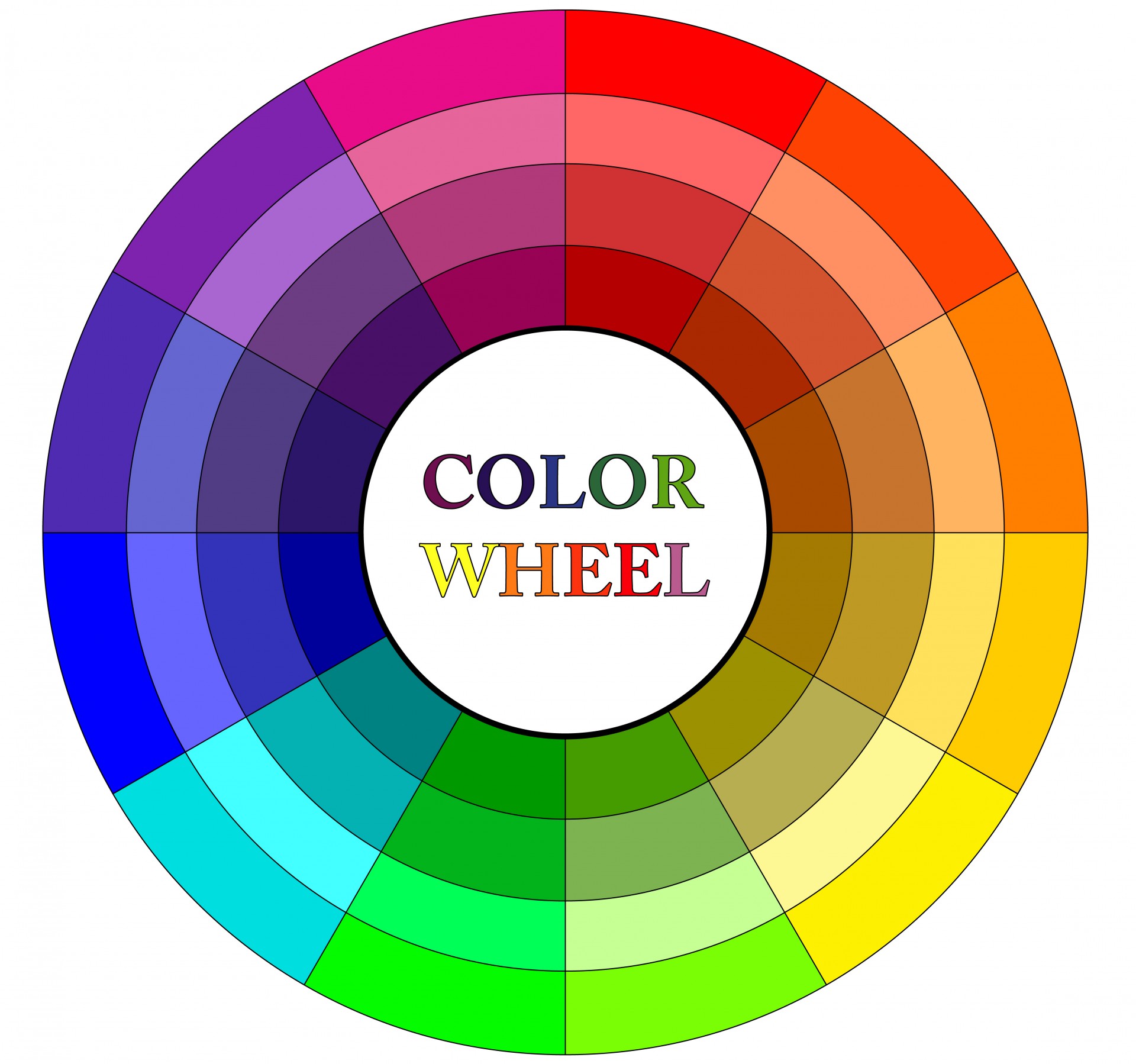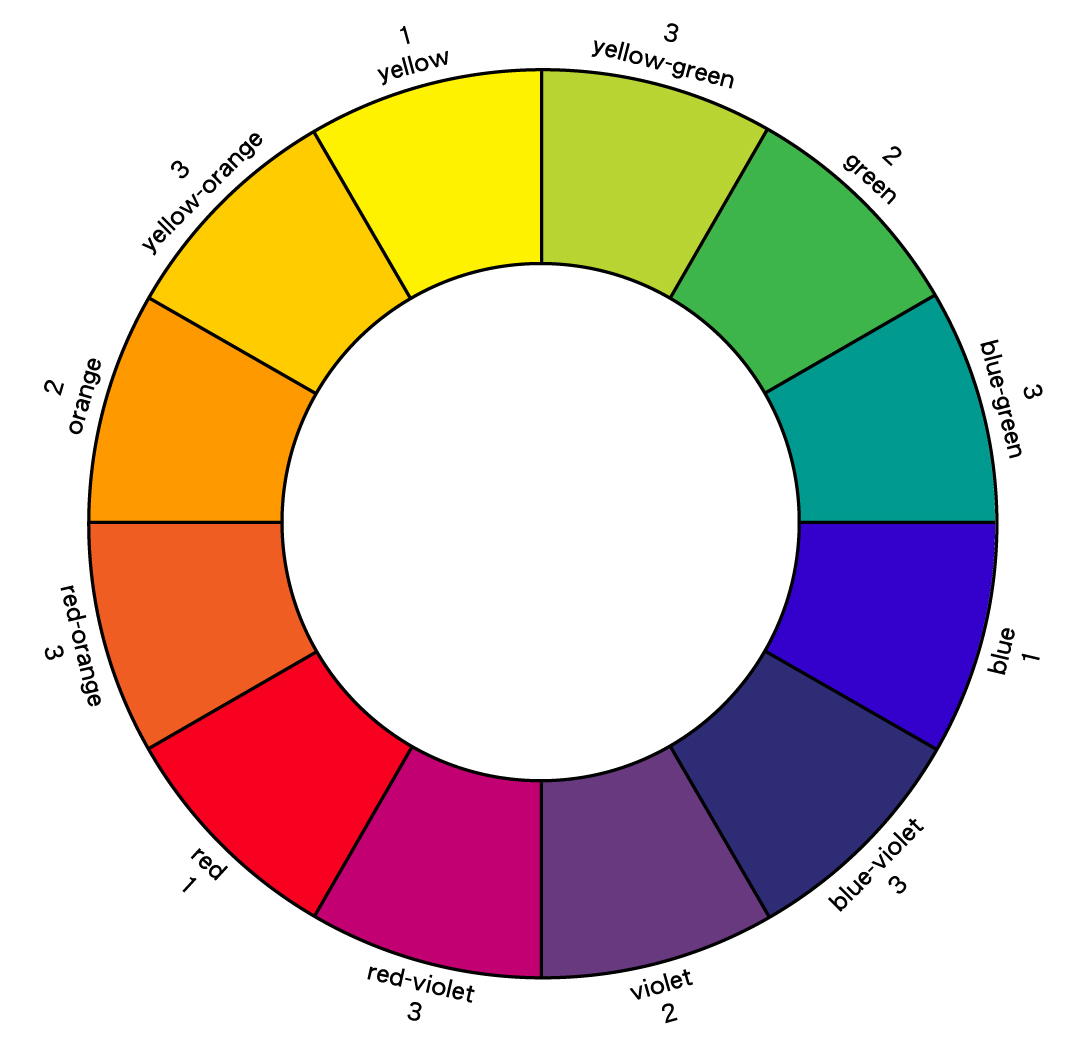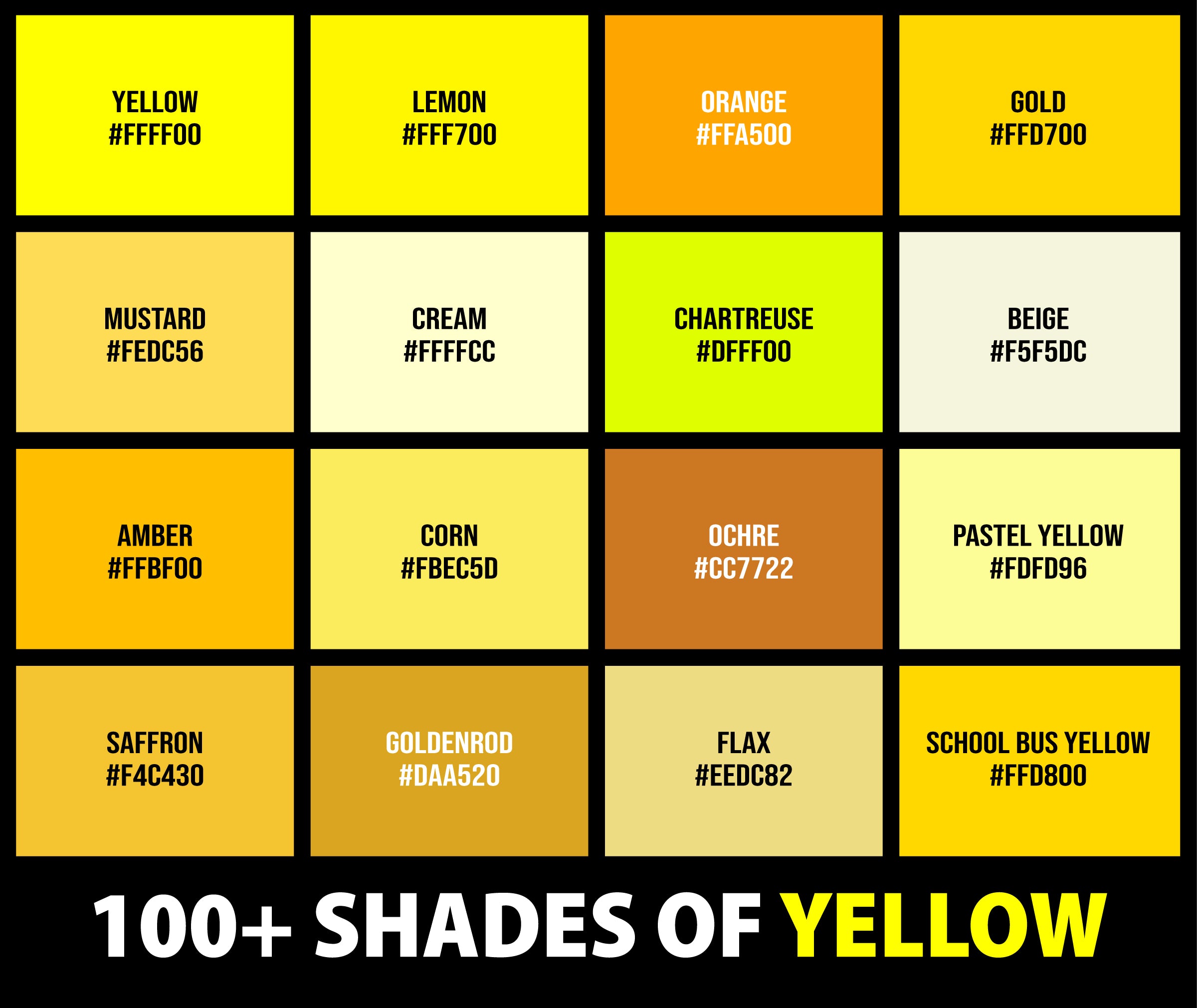What Color Is Greed? Exploring Its Symbolic Hues
Have you ever stopped to think about what color an emotion might truly be? It's a curious question, isn't it? We often associate feelings with certain shades or tones without really knowing why. So, when we ponder "what color is greed," we're really opening up a conversation about how we perceive abstract concepts in our world, and that can be quite fascinating, you know?
It's a bit like how colors in our physical bodies can tell us stories. For instance, as bile moves through your digestive system, it changes colors from green to brown, which is a very natural process. Or, sometimes, an unusual urine color can signal a health concern, perhaps even a milky white if there's an infection. These shifts show us that color is often a messenger, revealing what's going on underneath the surface, and that's kind of how we might think about greed's color, too.
Today, we're going to look into the various shades and perceptions that people link with this powerful human drive. It’s not always a simple answer, as you might imagine, because different cultures and personal experiences often paint a slightly different picture. We'll explore some common ideas and see how they might just resonate with your own thoughts on the matter.
Table of Contents
- The Elusive Hue of Greed
- Greed's Changing Appearance: A Human Perspective
- Perceiving Greed's Palette in Our World
- Frequently Asked Questions About Greed's Color
The Elusive Hue of Greed
Trying to pin down what color is greed can feel a bit like trying to catch smoke. It's an abstract concept, isn't it? Yet, for many, certain colors just seem to fit the bill. This isn't usually about a single, definitive shade, but rather a collection of ideas and feelings that different colors bring to mind. It's really quite interesting how our minds make these connections.
Symbolism Across Cultures
Across different places and times, colors pick up various meanings. What one culture sees as a sign of prosperity, another might view as a warning. So, the color of greed can shift depending on where you look. For example, in some traditions, certain colors are tied to wealth, which can sometimes lead to thoughts of excessive desire. It's almost as if the very idea of gaining too much has its own cultural tint, you know?
Think about how different societies have portrayed the drive for more. Sometimes, it's shown through vibrant, eye-catching colors that suggest opulence. Other times, it's depicted with more muted or even unsettling tones, hinting at the negative side of endless wanting. It's a bit like a color wheel, where different hues are arranged according to their relationship, and each culture adds its own unique spin to that wheel, apparently.
The Green Connection
For many people, the first color that comes to mind when considering what color is greed is green. This connection is pretty strong in Western cultures, largely because green is the color of money, particularly the US dollar. So, it's a very direct link between the color and financial gain. This association makes a lot of sense, really, when you think about it.
Beyond just money, green also represents growth and nature. But, when taken to an extreme, that desire for endless growth can morph into something less wholesome. It's a bit like how a healthy plant grows, but if it becomes an invasive species, it can choke out everything else. So, green, in this context, can symbolize a desire for expansion that knows no bounds, which is often a characteristic of greed, too.
It's also worth noting that green is the color of bile, which is a natural part of our digestive process. While bile typically turns brown as it moves along, its initial green hue might subtly connect to something raw or even a bit unsettling, if we stretch the metaphor. This is just a thought, of course, but it shows how colors can have multiple layers of meaning, sometimes even unconscious ones, in a way.
Gold and Yellow: The Lure of Riches
Another very common answer to what color is greed often involves gold or a bright, shiny yellow. These colors immediately bring to mind precious metals, wealth, and luxury. Historically, gold has been a symbol of power and riches across nearly all civilizations. So, it's quite natural to link it with the desire for more and more material possessions.
Yellow, too, can carry this weight. Think of the glint of coins or the shimmer of treasure. While yellow can also mean happiness and sunshine, in the context of greed, it leans towards avarice and an insatiable hunger for material things. It's almost like a beacon, drawing people towards accumulation, and that can be a powerful pull, you know?
Interestingly, my text mentions "Yellow nail syndrome," where nails thicken and turn yellowish, sometimes indicating a lung condition. This offers a different angle: a visible change (yellowing) that points to a deeper, unseen issue. Similarly, the outward display of wealth (gold/yellow) might sometimes be a surface sign of an underlying, less healthy drive, which is a bit of a thought-provoker, isn't it?
The Darker Shades: Black and Grey
While green and gold often come to mind first, some people might picture darker shades when they consider what color is greed. Black, for instance, can represent an emptiness, a void that can never be filled, or a complete lack of light. Greed, at its extreme, can consume everything, leaving behind a kind of darkness, so that connection feels pretty strong for some.
Grey, too, can symbolize a lack of vibrancy or a moral ambiguity. When someone is driven purely by greed, their world might become very transactional, losing its color and warmth. It's a bit like how a photograph can be drained of its hues, leaving only shades of grey. This can suggest a cold, calculating aspect to greed, which is often how it's portrayed in stories, too.
Consider how skin spots, like moles, can vary in color, from light to dark. While most are harmless, some can be serious, like melanoma, which often appears as a dark spot. This range of shades, from benign to concerning, mirrors how greed can start small and seemingly harmless but can darken and become quite destructive, honestly. It's a subtle but powerful parallel.
Greed's Changing Appearance: A Human Perspective
Just like colors in our bodies can shift and signal different things, the "color" of greed in a person's life can change over time. It's not a static thing; it adapts and manifests in various ways. Thinking about this helps us see it not just as an abstract idea, but as something that plays out in human actions and choices, which is very real.
Inner Workings and Outer Signs
Our bodies provide a lot of examples of how internal processes show up as external color changes. For example, stool gets its typical brownish color from bile, but if the liver isn't producing bile, or if it's blocked, stool will appear light colored or even white. This shows a clear link between an internal system and an outward sign, you know?
Similarly, changes in semen color might be temporary and harmless, or they could signal an underlying health condition that needs attention. These are just some ways our bodies communicate. Greed can operate in a similar fashion; it might start as an internal desire, but it often expresses itself through actions, words, or even a person's general demeanor. These are the "colors" we see on the outside, which apparently reflect what's going on inside, more or less.
When someone is consumed by greed, their focus might narrow, and their priorities might shift dramatically. This internal shift can, in a way, "color" their interactions with others, making them seem more transactional or less empathetic. It's a subtle change, perhaps, but one that can become quite apparent over time, like a mole that changes in size or color, signaling something to watch for, as a matter of fact.
Seeing Beyond the Obvious
Sometimes, we might not immediately recognize the "color" of greed because we're, in a sense, "color blind" to it. My text mentions color blindness, or color vision deficiency, where someone can't see the difference between certain colors. True color blindness, where everything is seen in shades of black and white, is rare, but the concept is useful here, you know?
When someone is caught up in greed, they might become blind to the harm they cause or the ethical lines they cross. They might not "see" the negative impact of their actions, much like someone with a color deficiency might miss certain hues in a specially designed picture made of colored dots. It's a kind of selective vision, where the pursuit of gain obscures other important considerations, which is a bit troubling, honestly.
To really understand the "color" of greed, we often need to look past the surface. It's not always about obvious displays of wealth; sometimes, it's about the subtle ways people prioritize personal gain over everything else. This means paying attention to patterns of behavior, rather than just isolated incidents. It's like needing a thorough eye exam to test for a color deficiency; sometimes, you need a deeper look to truly perceive the full picture, you know?
Perceiving Greed's Palette in Our World
Just as designers use color palettes to create specific feelings and visual experiences, we can think about how greed manifests in a range of "hues" in the world around us. It's not just one single shade; it's a whole collection, a diverse range, really, that we can learn to recognize. This helps us to better understand its presence and its effects.
Designing Our Understanding of Emotion
Think about a color wheel, a visual representation of colors arranged by their chromatic relationship. It helps designers see how colors interact and combine. We can use a similar idea to understand the different "colors" or expressions of greed. It's about seeing the full spectrum, not just one or two dominant shades, and that's pretty useful.
My text talks about tools that let you "select an image and find the color code (hex / rgb / hsl) of any pixel in it in one click." This precision in identifying colors can be a metaphor for how we might try to precisely identify the subtle ways greed shows up. We can also "preview your colors on real designs for a better visual understanding," which is like observing how greed plays out in real-life situations to truly grasp its impact, you know?
Creating a color palette online is great for designers, artists, and web developers, offering a diverse range of hues for any project. Similarly, greed, too, can appear in a diverse range of forms, from small, everyday acts of selfishness to grand, harmful schemes. Understanding this broad palette helps us to better spot it. It's about getting useful "color information" like variations of shades, tints, and tones, but for human behavior, as a matter of fact.
Recognizing the Signs
To truly understand what color is greed, it helps to observe its effects. Sometimes, the signs are clear, like a glaring red light. Other times, they are more subtle, like a barely perceptible shift in a person's behavior. It's about recognizing patterns and understanding the consequences of actions driven by an excessive desire for more. This is where our perception really comes into play.
We can look for the "shades" of greed in how resources are managed, how decisions are made, or how people treat each other when gain is involved. Does it lead to fairness, or does it leave others feeling shortchanged? These are the real-world "colors" of greed, painted by human actions. It's like checking your palettes right on your own custom designs; you see how the "colors" actually work in practice, you know?
For instance, my text mentions how "detox foot pads" claim to show toxins removed by changing color, but no scientific studies back this up. This is a good reminder that not every "color change" or apparent sign is what it seems. We need to look for real, verifiable evidence of greed's impact, not just superficial appearances. It's about being discerning and not just accepting things at face value, which is pretty important.
You can learn more about color symbolism on our site, and link to this page exploring human emotions for more insights.
Frequently Asked Questions About Greed's Color
Here are some common questions people ask when they think about the color of greed.
Is greed always one specific color?
Not really, no. Greed is an abstract concept, so its "color" is mostly symbolic and can vary depending on cultural associations and personal interpretations. While green and gold are often mentioned, other colors like black or grey can also represent different aspects of greed, so it's quite varied, you know?
What colors are typically linked to negative traits?
Colors often carry dual meanings, but some are more commonly associated with negative traits. For instance, black can represent death or evil, red can symbolize anger or danger, and sometimes even yellow can signify cowardice or deceit. It really just depends on the context and how it's used, apparently.
Can the "color" of greed change over time in a person?
Absolutely. Just as a person's physical appearance can change, or as bile changes color through the digestive tract, the way greed manifests in a person's life can evolve. It might start subtly and then become more pronounced or even darker over time, depending on their choices and experiences. It's a dynamic thing, really.

Color Wheel Free Stock Photo - Public Domain Pictures

The Visual Experience: Reading 2014

100+ Shades of Yellow Color (Names, HEX, RGB, & CMYK Codes